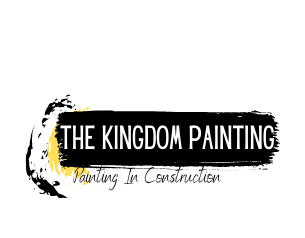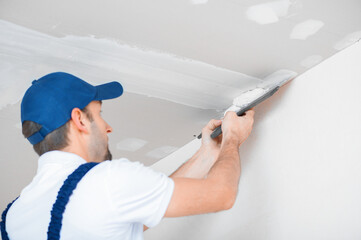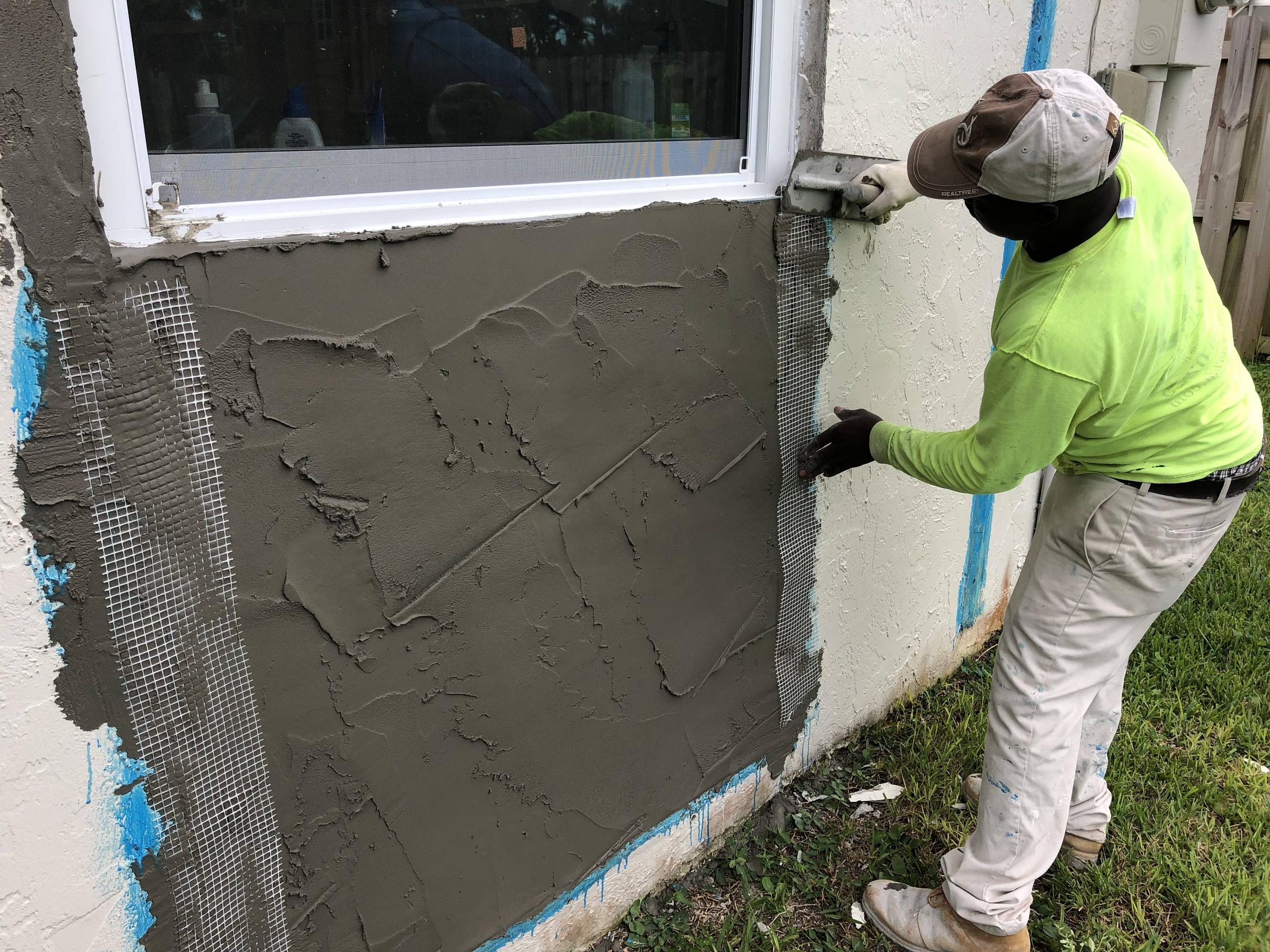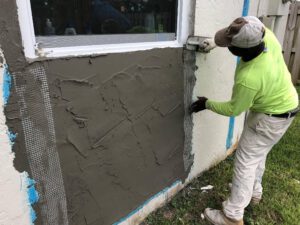Stucco is a heavy, dense material that is a good choice for your home’s exterior. It insulates well, is energy efficient, and is moisture-resistant. It can be textured, colored, and even mottled to mimic wood timbers, bricks, or other materials. It can also be customized to fit your home’s aesthetic.
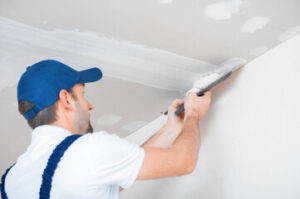 Stucco is a popular option for building exterior surfaces and can be used to create incredible surface designs. It is also a very durable material that can be used for both interior and exterior spaces. Read on to learn more about stucco finish.
Stucco is a popular option for building exterior surfaces and can be used to create incredible surface designs. It is also a very durable material that can be used for both interior and exterior spaces. Read on to learn more about stucco finish.
There are many texture types for stucco finish, but some of the most common include dash, float, pebble dash, and worm. Each type of texture is unique and can add a different look to your home or building.
Dash is a highly textured, gritty look that looks like fine gravel has been added to the stucco mix. This is achieved by spraying the stucco with a pressure gun or splattering it by hand; this finish can be light, medium or heavy in texture depending on how much it’s applied.
Float is another type of textured stucco finish that gives the look of sand. This type of stucco is made on the exterior of most homes and is similar to dash stucco but with a more granular surface texture.
Stucco has a wide range of color options that can match almost any style or design. You can even tint it to create a custom color that is unique to your home.
Stucco can be a very effective and economical siding option, but it also comes with some limitations. It can easily absorb water and can be prone to cracking in areas where the ground shifts.
Architects should be aware of this, especially if you live in a region with high water or snowfall rates. It is highly recommended that you get a housewrap on your stucco exterior to prevent it from getting absorbed by the sheathing and creating a moisture problem.
Sand finish stucco is a popular choice among homeowners looking for a simple, classic look for their home. This type of stucco can be sprayed on with a float tool or applied gently with a trowel. It can be painted in any color, and you can also choose from a fine or heavy sand texture.
Stucco is a cement plaster that can be used to create a variety of different textures and finishes for the exterior surfaces of buildings. It’s also a very durable material that requires little maintenance when professionally installed.
Traditional stucco is usually made of three coats: waterproof paper and wire, scratch coat, and a brown coat or top coat. The base layer is a mix of field-mixed Portland cement, sand, lime and water.
The finish coat can be troweled smooth, hand-textured, floated to a sand finish, or sprayed. Some finishes include lace and skip, which is rough with variations in texture; dash, which has exposed aggregate on the surface; and cat face, which has periodic inclusions.
You can find all of the materials you need to create a custom stucco finish at Lowe’s. You’ll also find a wide selection of paint-grade finishes that give you the flexibility to create any color you want.
The process of applying stucco involves several coats of stucco mixed with a variety of textures and colors. These finishes range from the traditional whitewashed look to textured stucco that mimics wood timbers, bricks, metal or aged limestone.
The first step in the process is to inspect the existing wall for any flaws. Ensure that the wall is in good condition and can support the stucco.
A cement or masonry wall that has been thoroughly inspected and washed is ideal for the application of stucco. Other substrates, such as wire mesh, metal or wooden slatting can be used, but care must be taken not to apply stucco over an existing structural component that may have failed.
Once the surface has been inspected, the base coat is applied over the building paper and lath using a trowel or float. The scratch coat, a mixture of cement and sand, is then applied in lines. This coat allows the next layer, the brown coat, to adhere properly.
